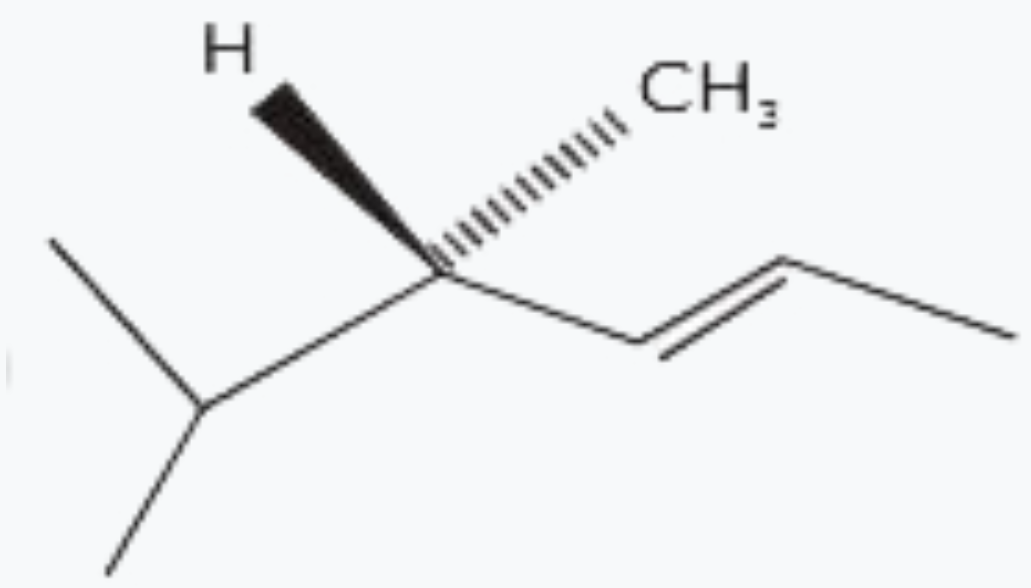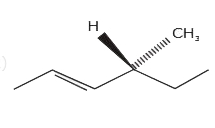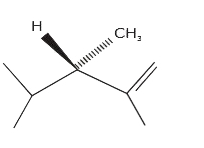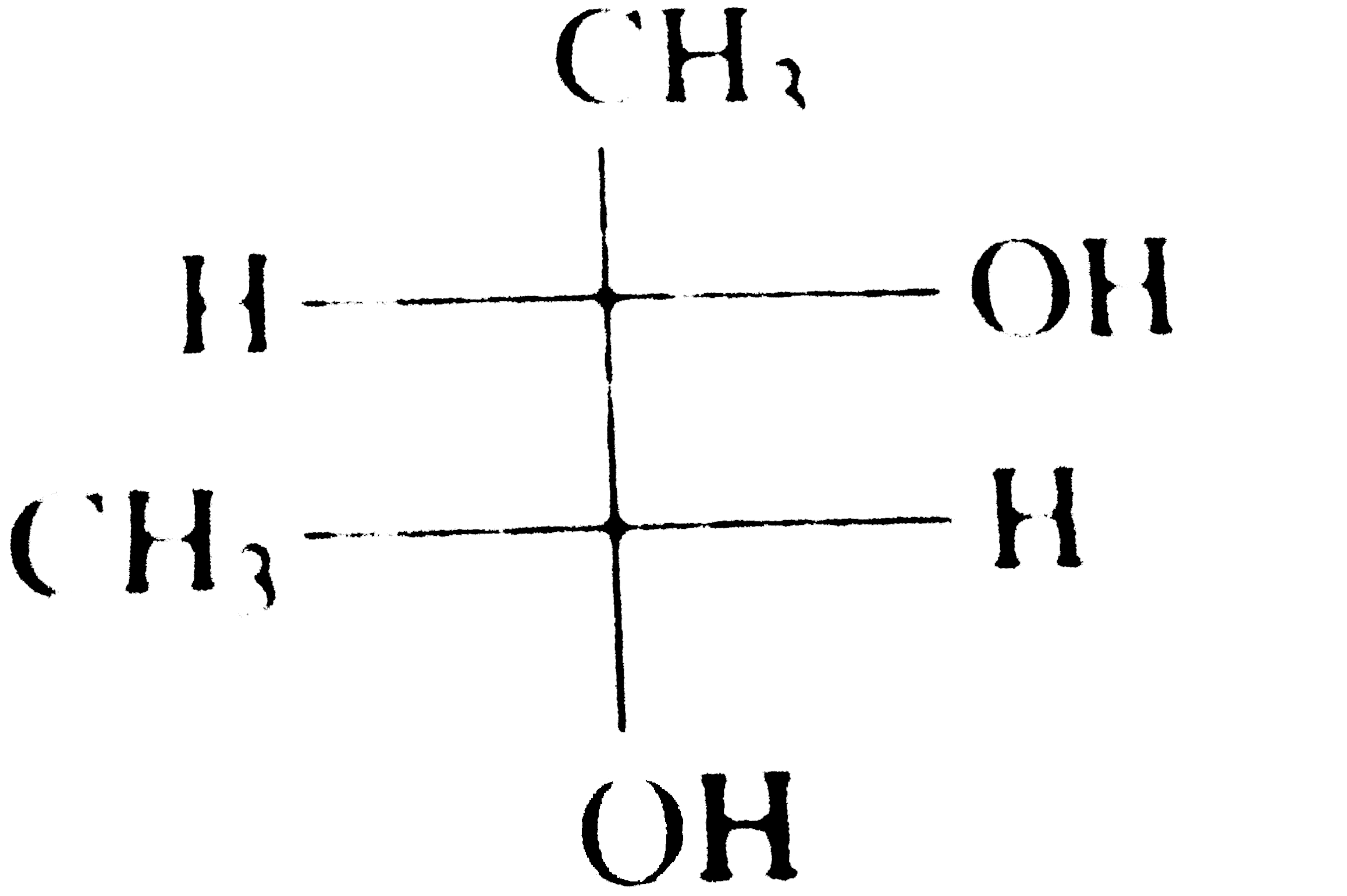Which of the following compounds produces an optically inactive compound on hydrogenation?




The correct Answer is:C
To determine which of the given compounds produces an optically inactive compound upon hydrogenation, we will analyze each compound step by step.
Step 1: Understanding Optical Activity
Optical activity is determined by the presence of a plane of symmetry in a molecule. If a molecule has a plane of symmetry, it is considered optically inactive. Conversely, if it lacks a plane of symmetry, it is optically active.
Step 2: Analyzing Each Compound
We will analyze each compound provided in the options to see if the product formed after hydrogenation has a plane of symmetry.
Compound 1:
- Structure: Alkene with two methyl groups on one side and a hydrogen on the other.
- Upon hydrogenation, the double bond is converted to a single bond.
- Check for plane of symmetry: The left side has two methyl groups, while the right side has a hydrogen. Thus, there is no plane of symmetry.
- Conclusion: This compound is optically active.
Compound 2:
- Structure: Similar to the first compound but arranged differently.
- Upon hydrogenation, the double bond is converted to a single bond.
- Check for plane of symmetry: The left and right sides are still not identical.
- Conclusion: This compound is also optically active.
Compound 3:
- Structure: Contains two methyl groups on either side of a double bond.
- Upon hydrogenation, the double bond is converted to a single bond.
- Check for plane of symmetry: If we draw a plane through the center of the molecule, both sides are identical (two methyl groups on both sides).
- Conclusion: This compound has a plane of symmetry and is optically inactive.
Compound 4:
- Structure: Similar to the previous compounds but with a different arrangement.
- Upon hydrogenation, the double bond is converted to a single bond.
- Check for plane of symmetry: The left and right sides are not identical.
- Conclusion: This compound is optically active.
Final Conclusion
From the analysis, Compound 3 is the only one that produces an optically inactive compound upon hydrogenation due to the presence of a plane of symmetry.
Optical activity is determined by the presence of a plane of symmetry in a molecule. If a molecule has a plane of symmetry, it is considered optically inactive. Conversely, if it lacks a plane of symmetry, it is optically active.
We will analyze each compound provided in the options to see if the product formed after hydrogenation has a plane of symmetry.
- Structure: Alkene with two methyl groups on one side and a hydrogen on the other.
- Upon hydrogenation, the double bond is converted to a single bond.
- Check for plane of symmetry: The left side has two methyl groups, while the right side has a hydrogen. Thus, there is no plane of symmetry.
- Conclusion: This compound is optically active.
- Structure: Similar to the first compound but arranged differently.
- Upon hydrogenation, the double bond is converted to a single bond.
- Check for plane of symmetry: The left and right sides are still not identical.
- Conclusion: This compound is also optically active.
- Structure: Contains two methyl groups on either side of a double bond.
- Upon hydrogenation, the double bond is converted to a single bond.
- Check for plane of symmetry: If we draw a plane through the center of the molecule, both sides are identical (two methyl groups on both sides).
- Conclusion: This compound has a plane of symmetry and is optically inactive.
- Structure: Similar to the previous compounds but with a different arrangement.
- Upon hydrogenation, the double bond is converted to a single bond.
- Check for plane of symmetry: The left and right sides are not identical.
- Conclusion: This compound is optically active.
From the analysis, Compound 3 is the only one that produces an optically inactive compound upon hydrogenation due to the presence of a plane of symmetry.
Topper's Solved these Questions
Similar Questions
Knowledge Check
Which of the following compounds would be optically inactive?
AH2C=C=CH2B CH3C−CH=C=CH−CH3D
CH3C−CH=C=CH−CH3D
Which of the following compounds is/are optically inactive
A(CH3)2CHCH2OHBCH3CH2OHCCCL2F2DCH3CH(OH)C2H5Which of the following compounds is/are optically inactive
A(CH3)2CHCH2OHBCH3CH2OHCCCl2F2DCH3CHOHC2H5
Which of the following compound is not optically active?
View SolutionWhich one of the following compounds can be optically active ?
View SolutionWhich of the following compound is achiral ( optically inactive )?
View SolutionWhich of the following compound s is optically active ?
View SolutionWhich of the following compounds is expected to be optically active ?
View Solution
